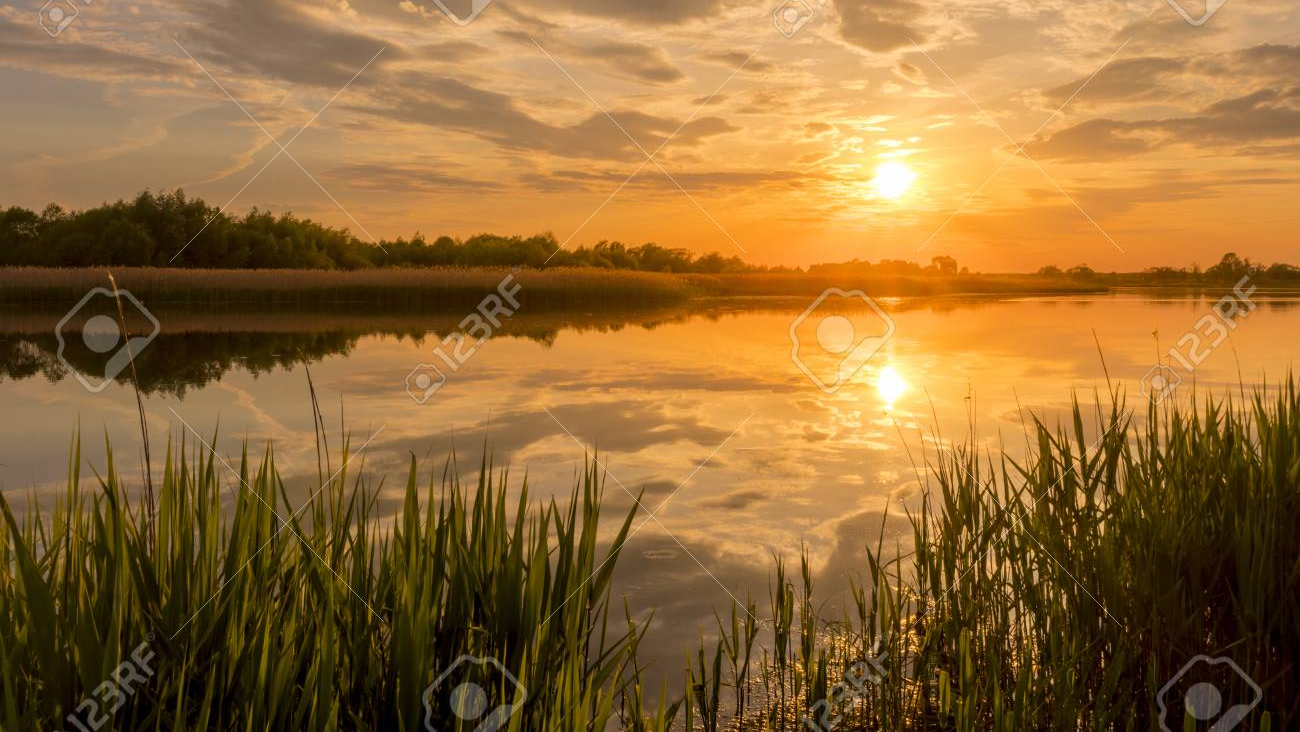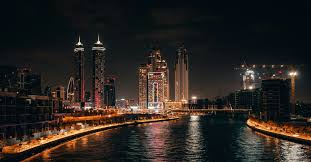Now Reading: Nature’s Water Loop: The Hidden Cycle That Sustains Life 2025
-
01
Nature’s Water Loop: The Hidden Cycle That Sustains Life 2025
Nature’s Water Loop: The Hidden Cycle That Sustains Life 2025

Table of Contents
Water is life. We drink it, wash with it, grow food with it, and rely on it every day. But have you ever wondered where all that water comes from—and where it goes? The answer lies in a powerful and natural process called Nature’s Water Loop, also known as the water cycle. This ancient system has been recycling water on Earth for billions of years. It’s silent, invisible, and yet essential to every living thing on the planet.
This article explores how the water loop works, why it matters, and how climate change is putting it at risk.
What is Nature’s Water Loop?

Nature’s water loop is a continuous process through which water moves through different parts of the Earth—land, oceans, atmosphere, and living organisms. It operates in a cycle that never ends, keeping water flowing through different states: liquid, vapor, and ice.
This system is made up of several main steps:
- Evaporation: Water from oceans, rivers, lakes, and even plants turns into vapor due to the heat from the sun.
- Condensation: Water vapor cools in the atmosphere and turns into clouds.
- Precipitation: When the clouds get heavy, water falls back to the Earth as rain, snow, or hail.
- Collection: Water collects in rivers, lakes, oceans, and underground, starting the process again.
This entire system is driven by solar energy and gravity. Without it, Earth would either dry up or flood—neither of which would support life.
The Importance of the Water Loop
The water loop is more than just nature’s way of moving water—it is the engine that keeps ecosystems alive. Here’s why it’s so important:
1. Supports Life
All plants and animals, including humans, need water to survive. The water loop ensures a steady supply by constantly purifying and redistributing it across the globe.
2. Cleans the Environment
As water evaporates, it leaves impurities behind. This helps remove salt from seawater and pollutants from land sources. Rainfall can also clean the air by trapping dust and harmful gases.
3. Regulates Climate
The water loop helps control Earth’s temperature. Evaporation cools the environment, while condensation releases heat into the atmosphere. This balance keeps weather patterns in check.
4. Recharges Groundwater
Rainwater seeps into the ground and fills underground water sources, or aquifers. These are critical for farming, drinking water, and natural springs.
How Humans Affect the Water Loop
While the water cycle is natural, human actions have started to interfere with its delicate balance. Here are some key problems:
1. Deforestation
Trees play a huge role in the water loop by releasing water vapor through a process called transpiration. Cutting down forests reduces this vapor, leading to less rainfall and drier climates.
2. Urbanization
When we cover land with concrete and asphalt, rainwater can’t soak into the ground. Instead, it runs off quickly, causing floods and reducing groundwater recharge.
3. Pollution
Industrial waste, plastic, and chemical runoff contaminate water sources. This makes it harder for nature to recycle water safely through the loop.
4. Climate Change
Rising temperatures speed up evaporation and change rain patterns. Some areas may experience more droughts, while others face intense floods. Melting glaciers also affect long-term water storage.
What Happens If the Water Loop Breaks?
If the natural water loop is severely disrupted, the consequences can be serious:
- Water Shortages: Less rain and groundwater means less clean water for people, farming, and wildlife.
- Crop Failures: Without rain and irrigation, food production drops, leading to hunger and higher prices.
- Extreme Weather: Disruptions in the water loop contribute to storms, heatwaves, and floods.
- Biodiversity Loss: Plants and animals that rely on specific water conditions may not survive.
How Can We Help Protect It?
Thankfully, there are ways we can support and protect nature’s water loop.
1. Plant More Trees
Trees help maintain moisture in the air and soil. Reforestation projects can revive broken parts of the water loop.
2. Harvest Rainwater
Capturing rainwater reduces demand on underground sources and supports local reuse.
3. Use Water Wisely
Simple habits like fixing leaks, using less water for lawns, and washing only full loads of laundry can make a difference.
4. Stop Pollution
Avoid dumping chemicals, plastics, and oil into drains or waterways. Use eco-friendly cleaning and farming products.
5. Support Clean Energy
Burning fossil fuels affects the climate and the water cycle. Clean energy sources like solar and wind reduce that impact.
Nature’s Lesson: Everything is Connected

Nature’s water loop is a reminder that the Earth works like one giant system. What happens in one part—like a forest in South America or an ocean current in Asia—can affect weather and water thousands of kilometers away. This cycle is not just about rain and rivers; it’s about life itself.
Every drop of water you drink, every cloud you see, and every wave you hear is part of a global story that has been unfolding for millions of years. By understanding this cycle, we learn how to live in balance with nature rather than working against it.
Final Thoughts
Nature’s water loop is one of the most amazing processes on Earth—quiet, constant, and powerful. But like all natural systems, it depends on balance. As humans, we have the power to protect or damage that balance. The more we understand the water cycle, the better we can care for our planet and ourselves.
Read More:- Deyaar’s Latest Announcement Shakes Up the UAE Property Market



















